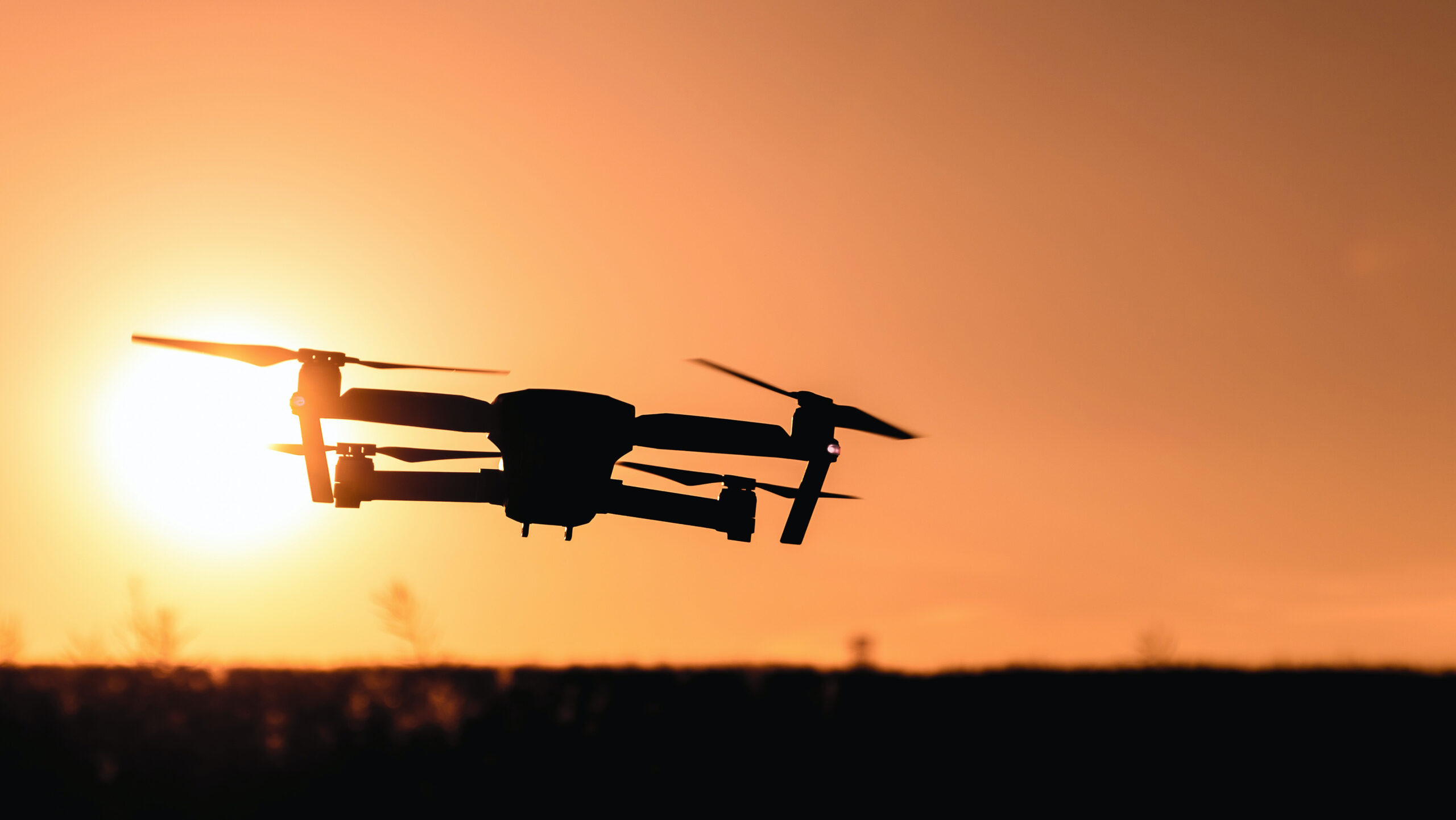NC State Partners on Drone Research for FAA
The Federal Aviation Administration has selected NC State for three research projects aimed at continuing and enhancing the safe, successful integration of drones into the nation’s airspace.

As more drones enter the airspace each day, the Federal Aviation Administration is becoming increasingly interested in making sure the skies stay safe for all pilots, passengers and pedestrians below.
NC State has been named a partner on three new FAA research projects, aimed at continuing and enhancing the safe, successful integration of drones into our airspace. The Institute for Transportation Research and Education recently received a portion of the $5.8 million worth of research, education and training grants that the FAA awarded in its first round of funding this fiscal year to the universities that comprise its Air Transportation Center of Excellence for Unmanned Aircraft Systems, also known as the Alliance for System Safety of UAS through Research Excellence (ASSURE). The first round of ASSURE grants focuses on eight research areas — three of which NC State will study in partnership with other universities.
“These universities are making great strides in advancing our efforts to safely and efficiently integrate UAS into our nation’s airspace system,” FAA Administrator Steve Dickson said in a news release. “Each grant is designed to explore the questions that will lead to greater UAS and unmanned air carrier integration, which will ultimately deliver new transportation solutions and economic benefits for the American people.”
“Air Carrier Operations–Investigate and Identify the Key Differences Between Commercial Air Carrier Operations and Unmanned Transport Operations”
Could people someday fly from Raleigh to the nation’s capital without a pilot on board? Airline pilots aren’t going away anytime soon, but as advances in technology continue to bring that possibility closer to reality, the FAA is starting to look for answers to the many questions that must be answered before drones can be trusted to carry people.
“This project is specifically looking at potential regulatory differences between what the existing air carriers are required to meet and what an unmanned air carrier operation might need to satisfy,” says Evan Arnold, a UAS engineering research associate who serves as the ASSURE representative for ITRE’s aviation team.
Partner Universities:
- Kansas State University (Lead)
- NC State University
- The Ohio State University
- University of Alaska Fairbanks
- University of North Dakota
“UAS Cargo Operations–From Manned Cargo to UAS Cargo Operations: Future Trends, Performance, Reliability, and Safety Characteristics Towards Integration into the NAS”
While unmanned passenger planes may be a thing of the distant future, drones are already widely used today to carry packages and other cargo — including lab samples for WakeMed. In August 2020, Amazon became the third company to receive FAA approval for the operation of delivery drones. Arnold says, for this project, ITRE will focus on the future trends in drone delivery, looking at how much opportunity there is for growth based on current data from major shipping companies.
“We’ll look at what they move by delivery truck versus what they move by 18-wheelers and trains and aircraft — to get a sense of the market feasibility for both small drones that exist today and can’t carry much weight, as well as for taking something like a big Boeing aircraft and simply making it unmanned,” Arnold says.
Partner Universities:
- University of Alaska Fairbanks (Lead)
- Kansas State University
- NC State University
- The Ohio State University
- University of Alabama, Huntsville
- University of North Dakota
“Shielded UAS Operations–Detect and Avoid (DAA)”
Current regulations require pilots to keep their drones within their line of sight, for safety. This presents a serious problem for many business applications and other use cases — especially in densely populated areas, where the use of drones remains limited.
“A lot of companies want to do things like powerline inspection, and they want to fly for miles and miles; there are a whole bunch of use cases that will be far more viable if they’re allowed to fly beyond line of sight,” Arnold says. “But the FAA is very concerned then with your ability to avoid other aircraft.”
Some drones are being developed with the ability to automatically detect and avoid obstacles, even sensing the sound of other aircraft and adjusting altitude accordingly. However, a better approach might be to use programmed routes that keep drones just close enough to obstacles like treetops or skyscrapers to avoid the flight paths of traditional aircraft altogether, similar to a technique long used by military helicopter pilots, known as flying nap-of-the-earth.
Arnold says the issue is that there are still some less predictable obstacles — such as crop dusters and medivac helicopters — to account for, so the FAA needs to know more before this kind of low-altitude flight could be deemed safe in the civilian world.
“This project will include an operational risk assessment,” Arnold says. “We’ll look at each of the different types of shielded operations and identify the potential hazards both from other aircraft and on the ground.”
Partner Universities:
- University of North Dakota (Lead)
- Embry-Riddle Aeronautical University
- Kansas State University
- NC State University
- New Mexico State University
- Categories:


